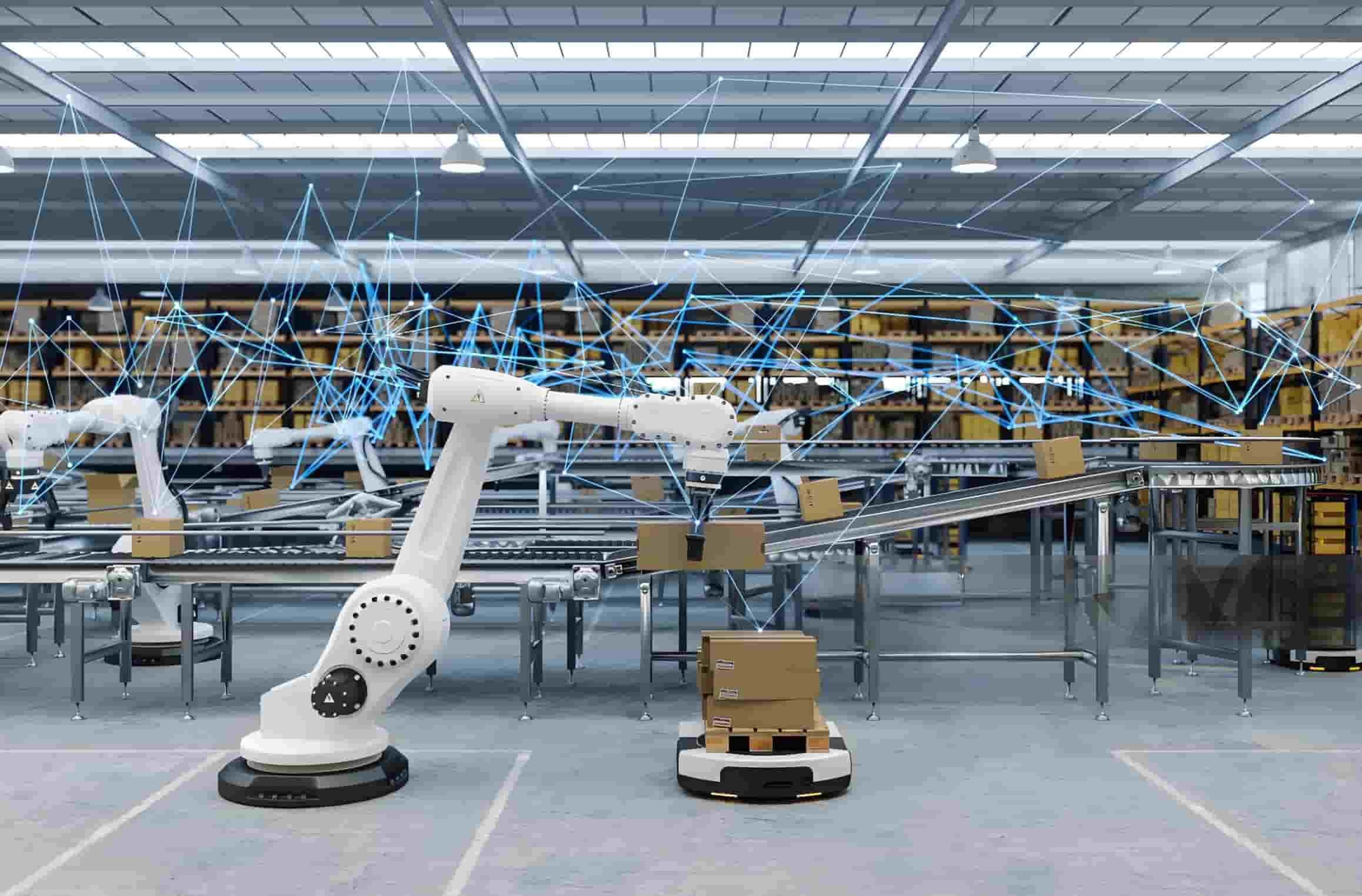Introduction: Why Sorting Matters Everywhere
Logistics centers and airports worldwide face big challenges. Manual sorting causes delays and errors costing $6.8 billion yearly. For example, 12% of flight delays happen because workers take too long to load bags. Smart sorting systems fix these problems:
- Speed: Machines sort 12,000 items/hour – 8x faster than humans.
- Accuracy: Cameras and scanners cut mistakes to 1 wrong in 10,000.
- Cost Savings: Companies save 18% on labor costs.
This guide explains how to choose and use these systems – perfect for warehouse managers, airport teams, and tech planners.
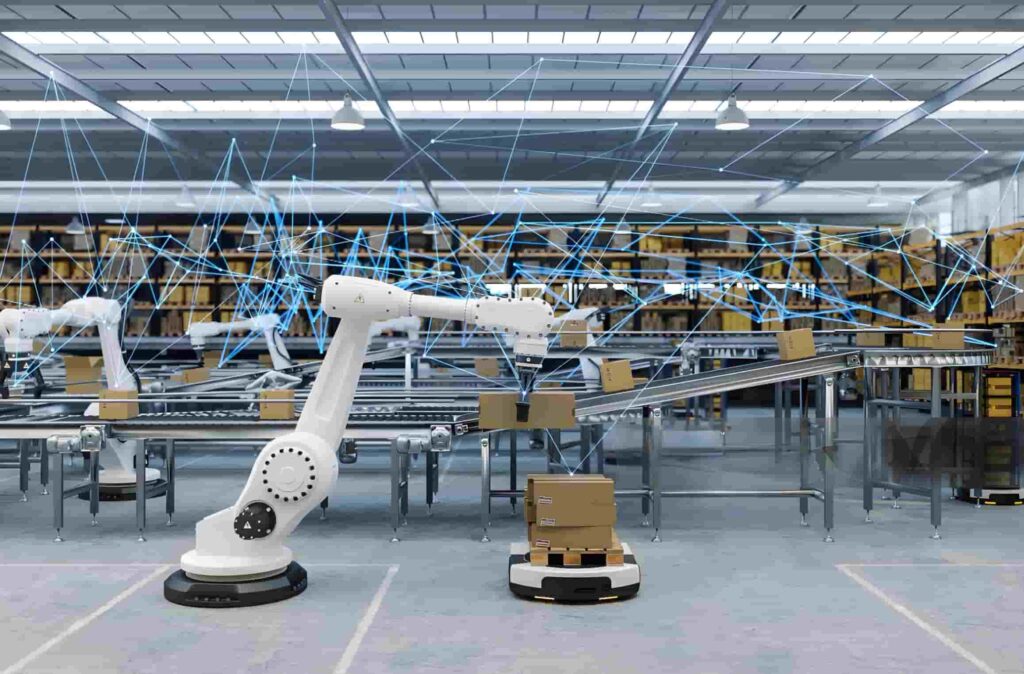
Part 1: How Smart Sorting Works
1.1 The Tech Behind It
All systems have 4 key parts:
- Scanners: Read barcodes or take photos (like phone cameras).
- Moving belts: Carry boxes/bags to the right place.
- Robot arms: Push or grab items (works 24/7 without breaks).
- Control computer: Tells machines where to send each item.
Real example: Amazon’s robotic warehouses use laser-guided carts to sort 2 million packages daily
1.2 Why It’s Better Than Humans
| Comparison | Human Workers | Smart Systems |
|---|---|---|
| Speed (items/hour) | 150 | 12,000 |
| Mistakes | 3% | 0.01% |
| Cost for 5 years | $1.2M | $800K |
According to the 2024 Global Transportation & Logistics Industry Report, the global logistics market is projected to reach $6.55 trillion by 2027, growing at a CAGR of 4.7% between 2022 and 2027 .
-1024x661.jpg)
Part 2: Choosing the Right System
2.1 Top 3 Types for Global Use
Laser Belt Sorters
- Best for: Airports (big bags), electronics warehouses.
- How it works: Items ride a belt; lasers scan labels and push them off at the right spot.
- Example: UPS Worldport handles 416,000 packages/hour this way.
Robot Grids
- Best for: Small items (phones, medicines)
- How it works: Robots on rails grab boxes from shelves.
- Example: Alibaba’s smart warehouse in Malaysia uses 500 robots to sort 1M items daily.
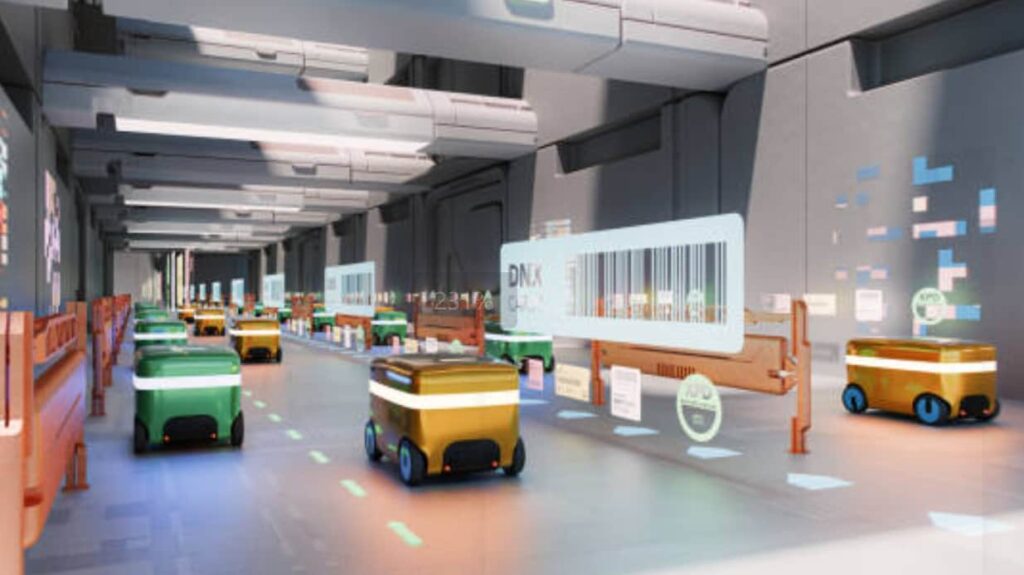
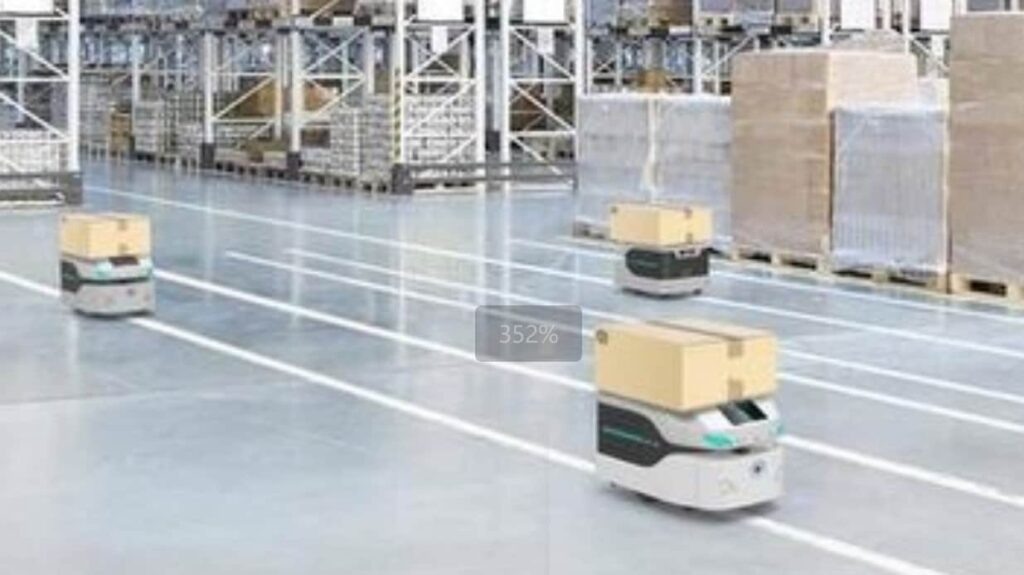
Part 3: Easy Steps to Start
3.1 Budget-Friendly Plan
1.Test small: Add barcode scanners first (5K−20K).
2.Train staff: Utilize free online courses from Murrelektronik, designed to enhance skills in industrial automation.
3.Expand slowly: Add 1 robot team every 6 months.
3.2 Avoid These Mistakes
- ❌ Buying machines that can’t handle wet labels (common in seafood/plants).
- ❌ Forgetting power needs – some systems need special plugs.
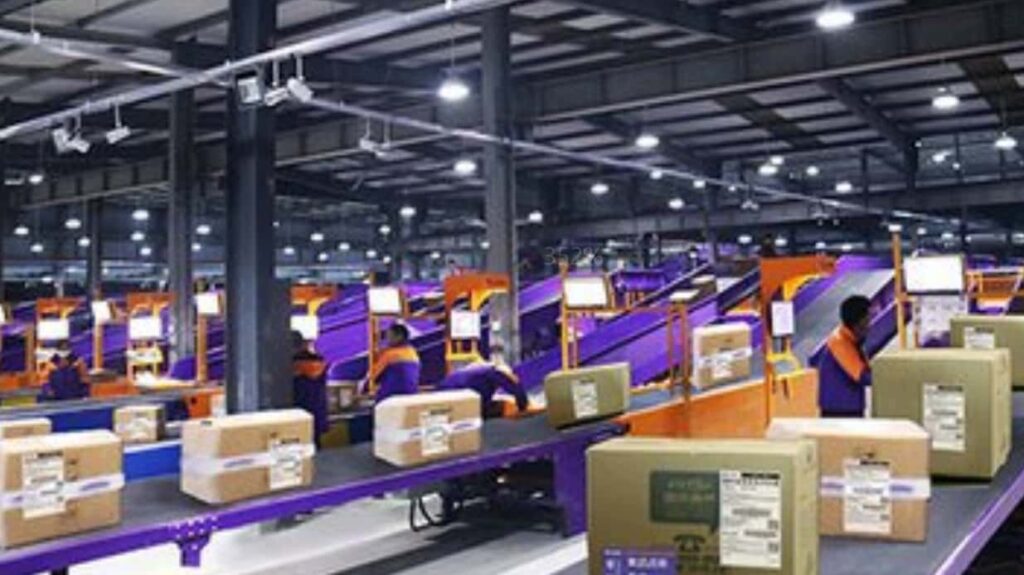
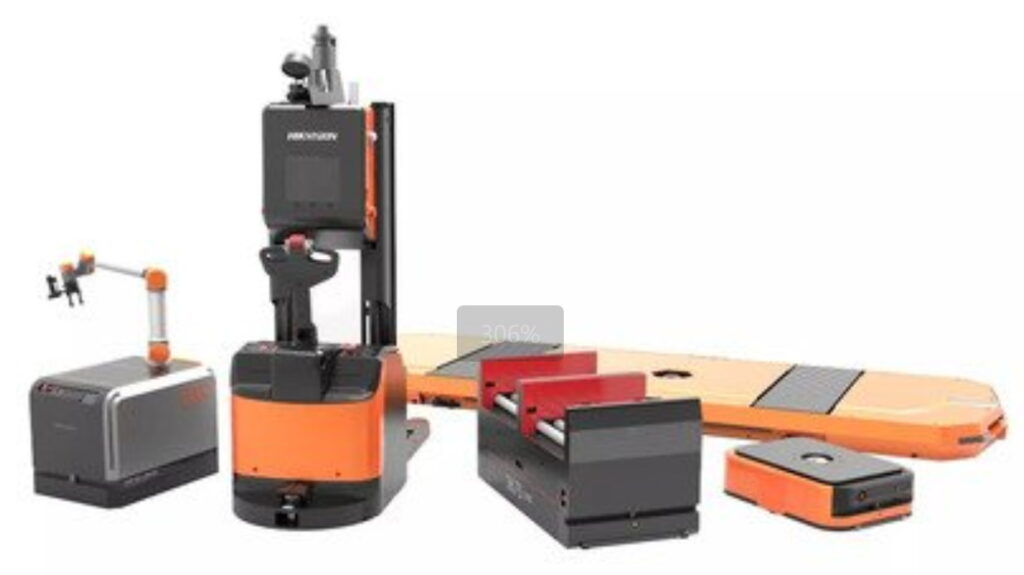
What’s Next? 2025-2030 Trends
2025: Solar-powered sorters (tested in Dubai Airports).
2027: Voice-controlled systems (“Sort to Gate A5”).
2030: Self-fixing machines that call technicians automatically.
Take Action Now
Try free tools:
- ROI Calculator: Murr Elektronik Tools.
- System Simulator: LogisticsTech Demo.
2 . Visit showrooms:
- May 2025: CeMAT Southeast Asia 2025, showcasing smart logistics and automation solutions.
- November 2025: GITEX Europe 2025, Europe’s premier technology and startup trade fair, will debut in Berlin from May 21–23, 2025.
3 . Start today:
Week 1: Audit current sorting speed.
Week 2: Compare 3 local suppliers.
Week 4: Install test scanners.
Data sources: 2024 Global Logistics Automation Report, Airport Tech Journal.

